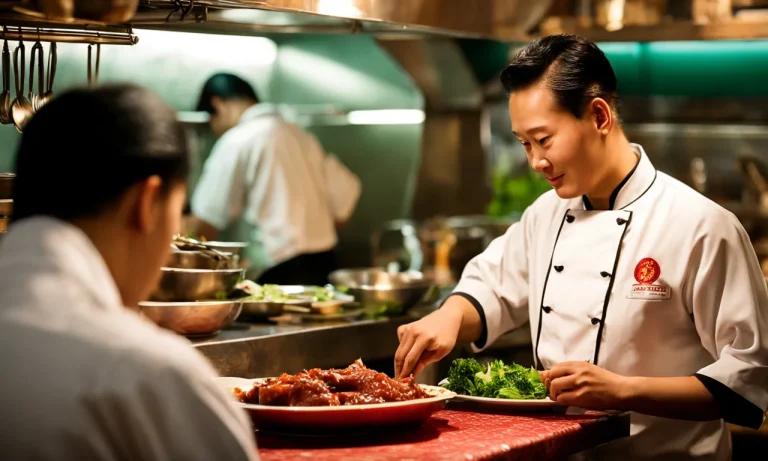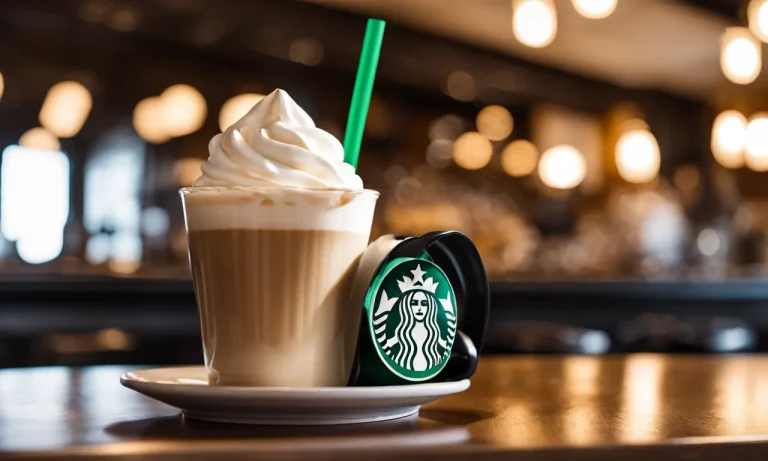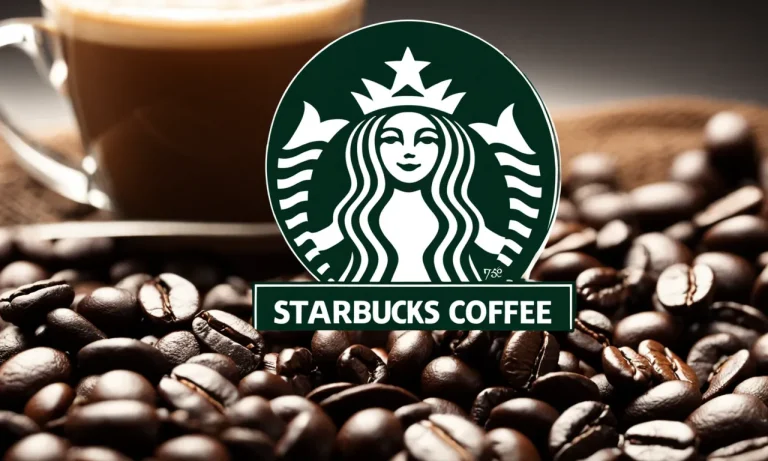Eating out can be expensive. To save money, some diners may consider sneaking in their own snacks or meals into a restaurant. But is bringing your own food into a restaurant actually allowed? Here’s a quick answer: In most cases, no.
Restaurants can refuse and even fine customers who bring in outside food due to health code regulations.
In this comprehensive guide, we’ll explain why restaurants prohibit outside food and walk through the health code laws around bringing your own snacks into dining establishments. Read on to learn the reasons for ‘no outside food’ policies, exceptions to the rules, penalties restaurants may enforce, and tips for discreetly getting away with bringing your own snacks.
Why Restaurants Prohibit Outside Food
Restaurants have strict policies against bringing outside food for several reasons. These policies are put in place to ensure the safety and satisfaction of their customers. Let’s take a look at some of the main reasons why restaurants prohibit outside food.
Food Allergies and Contamination
One of the primary reasons why restaurants do not allow outside food is to mitigate the risk of food allergies and contamination. Restaurants carefully prepare their dishes, taking into consideration the ingredients used and the potential allergens they may contain.
When customers bring in outside food, it becomes difficult for the restaurant staff to guarantee that the dishes being served are safe for consumption. Cross-contamination can occur if outside food comes into contact with the restaurant’s food preparation areas or utensils, potentially putting customers at risk.
According to the Centers for Disease Control and Prevention (CDC), food allergies affect approximately 32 million Americans, and the prevalence has been on the rise in recent years. By enforcing a strict no outside food policy, restaurants can better manage the risk of allergic reactions and ensure the safety of their customers.
Loss of Revenue
Another reason why restaurants prohibit outside food is the potential loss of revenue. Restaurants rely on the sale of food and beverages to generate profit and cover their operating costs. Allowing customers to bring in their own food would result in a significant decrease in revenue, as customers would be less likely to purchase items from the restaurant’s menu.
This loss of revenue could have a negative impact on the restaurant’s ability to maintain its quality of service and provide a wide range of options for its customers.
It’s important to note that restaurants invest a considerable amount of time, effort, and resources into creating their menus and sourcing high-quality ingredients. By prohibiting outside food, restaurants can ensure that customers have the opportunity to experience the full range of flavors and culinary creations that they have to offer.
Food Safety and Health Codes
Restaurants are subject to strict food safety and health codes to ensure that the food they serve is safe for consumption. These codes are put in place by local health departments and are designed to prevent foodborne illnesses and maintain high standards of hygiene.
Allowing outside food into the restaurant could potentially compromise these safety measures.
According to the Food and Drug Administration (FDA), foodborne illnesses affect approximately 48 million people in the United States each year. By enforcing policies against outside food, restaurants can better control the quality and safety of the food they serve, reducing the risk of foodborne illnesses and protecting the well-being of their customers.
It’s worth mentioning that these policies are not meant to inconvenience customers, but rather to prioritize their health and safety. By adhering to these policies, restaurants can create an environment where customers can enjoy their meals with confidence and peace of mind.
Exceptions to ‘No Outside Food’ Policies
While many restaurants have policies prohibiting outside food, there are certain exceptions that are typically allowed. These exceptions are put in place to accommodate certain situations and ensure customer satisfaction.
Let’s take a look at some of the common exceptions to ‘no outside food’ policies.
Babies and Young Children
Restaurants understand that parents with young children may need to bring their own food for various reasons. Whether it’s accommodating specific dietary restrictions, allergies, or simply ensuring the child’s comfort, most establishments are willing to make exceptions for babies and young children.
However, it is always a good idea to call ahead and inform the restaurant about your situation to avoid any inconvenience.
Customers with Medical Conditions
Restaurants are generally understanding when it comes to customers with medical conditions that require special dietary needs. Whether it’s a food allergy, intolerance, or a specific medical condition like diabetes or celiac disease, restaurants are often willing to allow customers to bring their own food to ensure their safety and well-being.
It’s important to inform the restaurant and provide any necessary documentation or information regarding your condition.
Alcohol Purchases
In some cases, restaurants may allow customers to bring their own alcoholic beverages. This can be particularly common in establishments that do not have a liquor license. However, it’s important to note that there may be restrictions and corkage fees associated with bringing your own alcohol, which leads us to our next exception.
Corkage Fees
Restaurants that allow customers to bring their own wine or other alcoholic beverages typically charge a corkage fee. This fee covers the cost of opening and serving the beverage, as well as any additional amenities provided by the restaurant, such as glasses or ice.
The corkage fee varies from place to place, so it’s always a good idea to inquire about the fee beforehand.
It’s important to remember that these exceptions may vary from restaurant to restaurant, and it’s always a good idea to check with the establishment beforehand to ensure you are aware of their policies.
Additionally, it’s essential to respect the rules and regulations put in place to maintain health and safety standards within the restaurant.
Penalties for Sneaking In Food
Refusal of Service
Bringing outside food into a restaurant goes against most establishments’ policies. In order to maintain the quality and consistency of their dishes, restaurants often have strict rules about outside food. If a customer is caught sneaking in food, the restaurant has the right to refuse service.
This means that the customer may be asked to leave the premises, and they will not be able to enjoy the dining experience they had planned. It is important to respect the policies of the establishment and support their efforts to provide a memorable dining experience.
Fines
In addition to refusing service, restaurants may also impose fines for customers who attempt to bring in outside food. These fines can vary depending on the restaurant’s policies and the severity of the violation.
Some restaurants may charge a small fee, while others may impose a more substantial penalty. The purpose of these fines is to deter customers from breaking the rules and to cover any additional costs or inconveniences caused by bringing in outside food.
It is always best to abide by the rules and avoid any unnecessary expenses.
Calling the Authorities
In extreme cases, restaurants may choose to involve the authorities when customers repeatedly violate their policies and refuse to comply. While this may seem like an extreme measure, it is important to remember that restaurants have a responsibility to maintain a safe and clean environment for all patrons.
By bringing in outside food, customers risk compromising the health and safety standards set by the establishment. In such cases, the restaurant may call the local health department or other relevant authorities to address the situation.
This can result in serious consequences for the customer, including legal repercussions.
Tips for Discreetly Bringing Your Own Snacks
Bringing outside food into a restaurant can be a tricky endeavor. While it may seem harmless to enjoy your favorite snack while dining out, it can actually be a health code violation. However, if you absolutely must bring your own snacks, here are some tips to do so discreetly:
Hide Snacks in a Bag or Purse
One of the easiest ways to bring outside snacks into a restaurant is by concealing them in a bag or purse. Choose a bag that is spacious enough to hold your snacks without drawing attention. This way, you can enjoy your favorite treats without violating any health codes or making other patrons uncomfortable.
Choose Easy to Eat Finger Foods
When selecting snacks to bring into a restaurant, opt for easy-to-eat finger foods. Items such as granola bars, nuts, or small sandwiches can be discreetly consumed without attracting too much attention. Avoid bringing messy or strongly scented foods that may disrupt the dining experience for others.
Sit at a Table Instead of the Bar
If you plan on bringing your own snacks, it’s best to choose a table instead of sitting at the bar. Sitting at a table provides more privacy and reduces the chances of drawing attention to your outside food.
Additionally, it’s important to respect the establishment’s policies and not bring outside food if it is clearly prohibited.
Go During Peak Hours
If you’re concerned about being discreet while bringing your own snacks, consider visiting the restaurant during peak hours. During busy periods, the staff and other diners are likely to be preoccupied, making it easier for you to enjoy your snacks without attracting unwanted attention.
Order Something Small
If you’re worried about the ethics of bringing outside food into a restaurant, consider ordering something small from the menu to support the establishment. This way, you can still enjoy your own snacks discreetly while also contributing to the restaurant’s revenue.
Remember, while it may be tempting to bring your own snacks into a restaurant, it’s important to be mindful of health code violations and respect the establishment’s policies. These tips can help you enjoy your favorite treats discreetly without causing any disruptions or discomfort to others.
Conclusion
While restaurants prohibit outside food primarily due to health codes, bringing your own snacks or meals can also cut into their profits. Small violations may be overlooked, but blatantly sneaking in food could get you refused service or fined.
The best way to avoid issues is to order something small from the menu, even if you plan to discreetly snack on your own food too. This ensures you are still supporting the business. With smart hiding places and optimal timing, you can probably get away with bringing in your own snacks in moderation.






